Talks during the visit of Pascal Fua
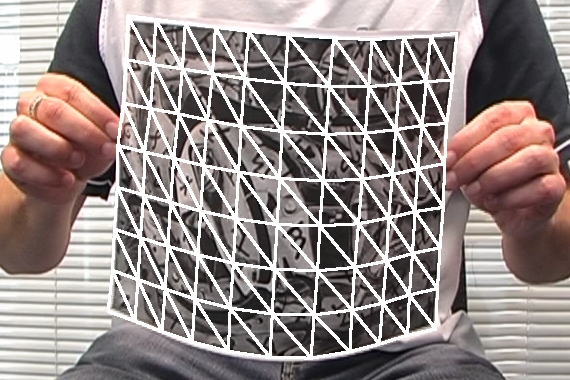 | Modeling Deformable Surfaces from Single Videos(Pascal Fua): Without a strong model, 3–D shape recovery of non-rigid surfaces from monocular video sequences is a severely under-constrained problem. Prior models are required to resolve the inherent ambiguities. In our work, we have investigated several approaches to incorporating such priors without making unwarranted assumptions about the physical properties of the surfaces we are dealing with. In this talk, He presents these approaches and discusses their relative strengths and weaknesses. He also demonstrates that they can be incorporated into effective algorithms that can capture very complex deformations. |
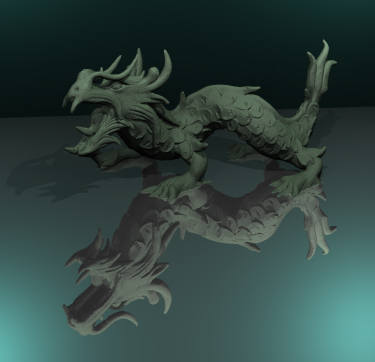 | Realtime Raytracing of Point Based Models(Sriram Kashyap, Rhushabh Goradia): Point-based representations of objects have been recently used as an alternative to triangle-based representations. Starting with a z-buffer style rendering, recent work has progressed to rendering point based models using raycasting, and more general raytracing, for producing photo-realistic illumination effects such as shadows and refraction. Our work advances the state of the art by showing how to render large models (several million points) in real time. We use a GPU to simultaneously provide effects involving shadows, reflection, and refraction in real time. Our system relies on an efficient way of storing and accessing hierarchical data structures on the GPU, as well as novel techniques to handle ray intersections with point based entities. |
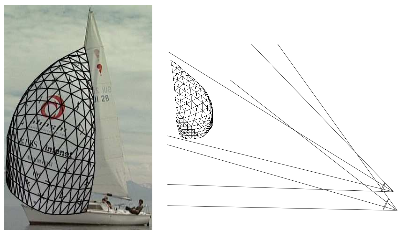 | Structure From Motion in Isometry Shape Space(Chirag Patel): Structure from Motion refers to the process of estimating the camera motion and the rigid or deforming three-dimensional structure from image measurements taken over a period of time. The problem is the one of the most difficult problem in the field of Computer Vision and many researchers have worked on it. In this project, we introduce a novel framework to solve to the problem. We reduce Structure from Motion Problem into an optimization problem in a Shape Space with a Riemannian metric which discourages non-isometric deformations. Proposed approach is expected to work better with most of the deforming objects we see in our surroundings. |
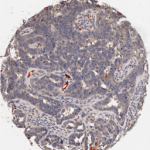 | Hierarchical Normalized Cuts: Unsupervised Segmentation of
Vascular Biomarkers from Ovarian Cancer Tissue Microarrays (Andrew Janowczyk) Research has shown that tumor vascular markers (TVMs) may serve as potential OCa biomarkers for prognosis prediction. The ability to quickly and quantitatively estimate vascular stained regions may yield an image based metric linked to disease survival and outcome. In this paper, we present a general, robust and efficient unsupervised segmentation algorithm, termed Hierarchical Normalized Cuts (HNCut), and show its application in precisely quantifying the presence and extent of a TVM on OCa TMAs. The strength of HNCut is in the use of a hierarchically represented data structure that bridges the mean shift (MS) and the normalized cuts (NCut) algorithms. This allows HNCut to efficiently traverse a pyramid of the input image at various color resolutions, efficiently and accurately segmenting the object class of interest (in this case ESM-1 vascular stained regions) by simply annotating half a dozen pixels belonging to the target class. |
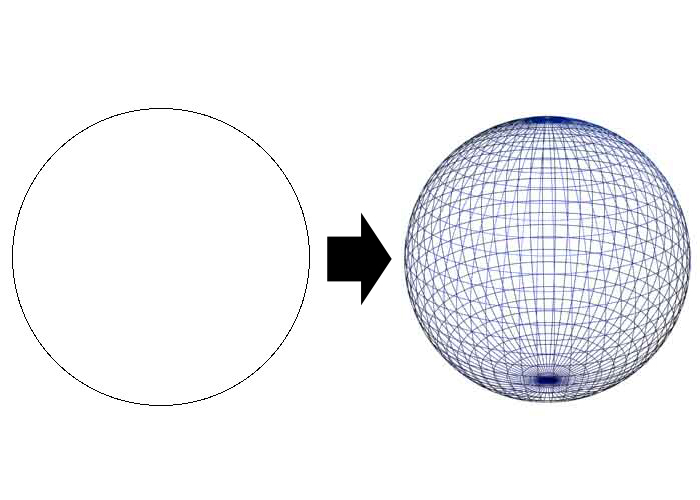 | Isometry-based Structure from Motion(K.P.Ashwin):Structure from motion refers to the process of estimating the 3D structure of a moving object using image measurements taken over a period of time and. This has been an active area of research for a lot of years and is generally considered a hard problem to solve. In this work, we propose a novel solution to solving the age-old Structure from motion problem. We review this problem in the setting of Riemannian Geometry, in which shapes are represented by points on the surface of a high dimensional space. We use isometric constraints on the shape to identify the most likely deformation of the model. |
